
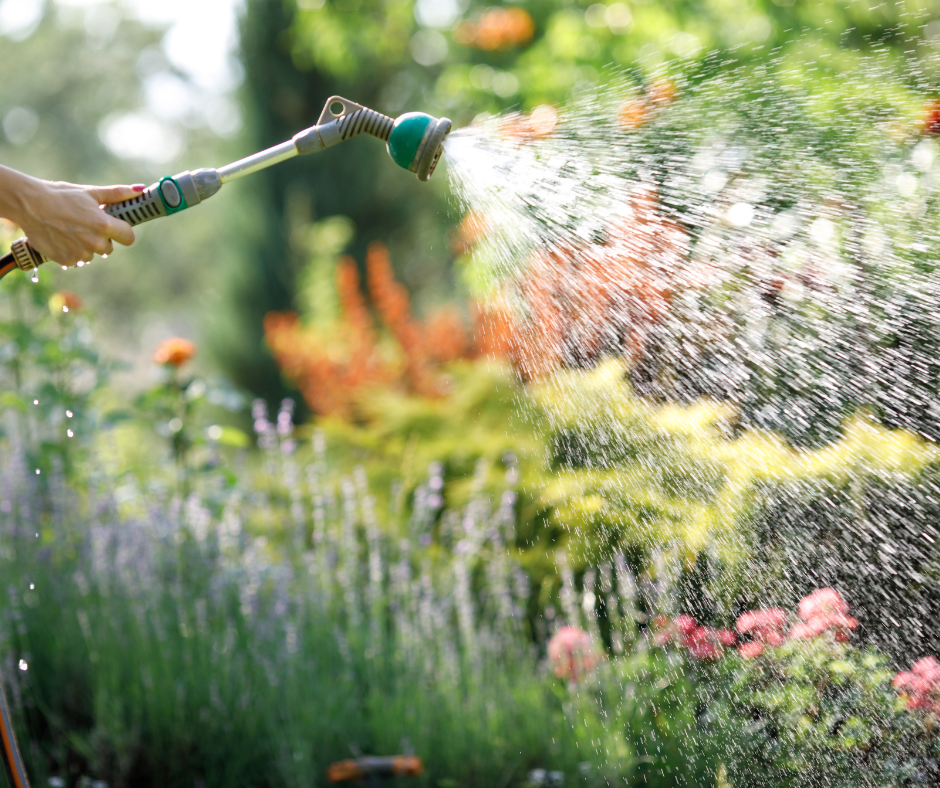
During the summer, it’s tempting to give your plants frequent drinks to beat the heat, but too much water can do more harm than good. Overwatering can lead to root rot, fungal disease, and even wash away your deer repellent treatments. Learning how to avoid overwatering plants is one of the best ways to conserve water, protect your landscape, and make the most of your ohDEER service.
Let’s explore smart watering strategies, how much water your plants really need, and why drip irrigation is a game-changer for healthy gardens and longer-lasting deer control.
Plants need water, but they also need oxygen at the root level. When soil stays too wet for too long, roots can suffocate, inviting pests and disease.
To avoid overwatering your plants, it’s crucial to understand your garden’s specific needs, and to adopt watering habits that deliver moisture efficiently without overdoing it.
Even with the best intentions, it’s easy to give plants too much water, especially during the summer when wilting can be misleading. To truly avoid overwatering plants, you need to know what overwatered plants look like and how they behave.
Here are the most common signs of overwatering to watch for:
If the leaves are turning yellow and dropping off, particularly near the base of the plant, it may be getting too much water. Unlike under-watering, where leaves are dry and crispy, overwatered leaves are usually soft and limp.
A wilted plant doesn’t always mean it’s thirsty. Overwatered roots can’t absorb oxygen properly, leading to wilted leaves even when the soil feels damp. Always check the soil moisture before watering again.
If the plant pulls out of the soil easily or you detect a sour, rotten smell near the base, the roots may be decaying due to excess moisture. Root rot is a common (and often fatal) result of chronic overwatering.
While often assumed to be a sign of underwatering, browning tips can also indicate root damage from overwatering, especially when paired with yellow leaves or soggy soil.
Some plants develop swollen or mushy stems when overwatered. This is especially true in potted plants or succulents.
If you see green or white growth on top of your soil, it may be a sign of poor drainage and overwatering. This can also create the perfect environment for fungus gnats and other pests.

Watering in the early morning gives moisture a chance to soak into the soil before the heat of the day causes evaporation. This practice helps plants stay hydrated throughout the day while keeping foliage dry, reducing the risk of fungus and water waste.
For ohDEER customers, this also protects your All-Natural Deer Control treatments by avoiding unnecessary rinsing off of repellent sprays applied to foliage.
One of the most common culprits behind overwatering is traditional spray head irrigation or broadcast sprinklers. These systems:
Drip irrigation systems and soaker hoses offer a much better solution:
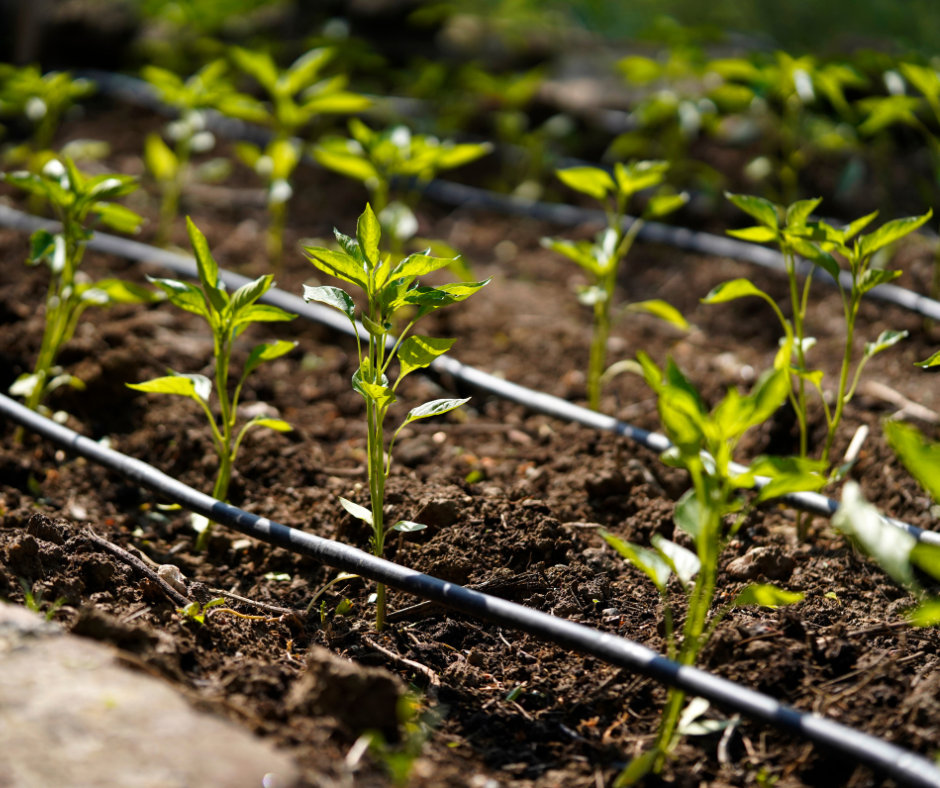
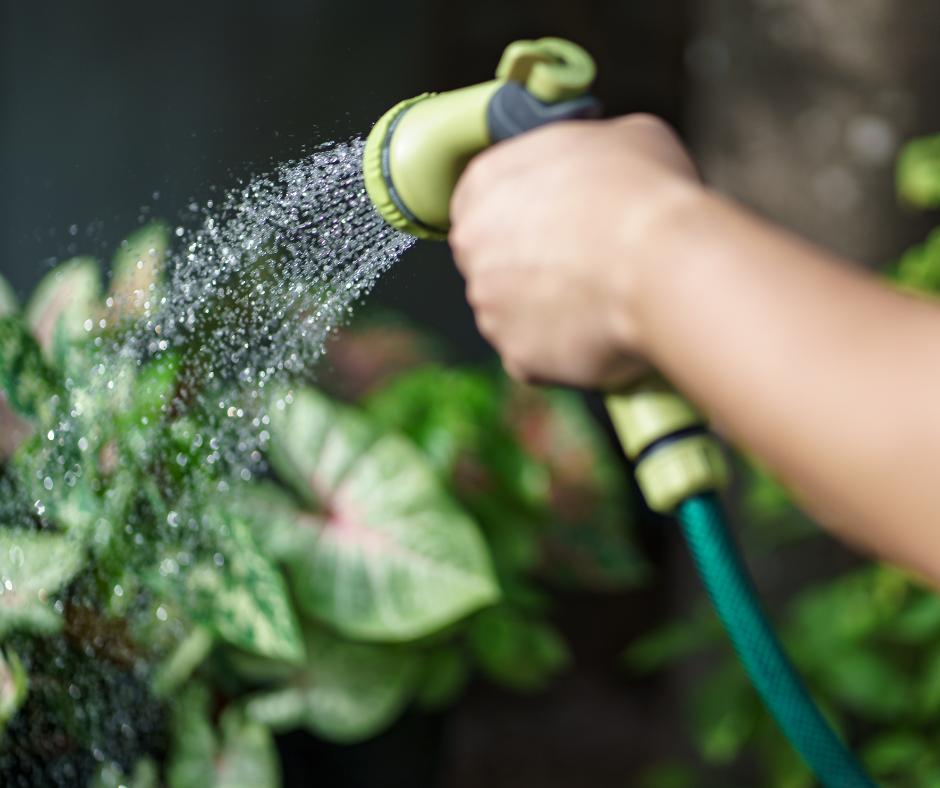
Automating your irrigation system with a timer also helps ensure you’re not watering too frequently.
Every plant is different, but many summer gardeners water more than they need to. Here’s a quick guide to help you water just enough without overdoing it:
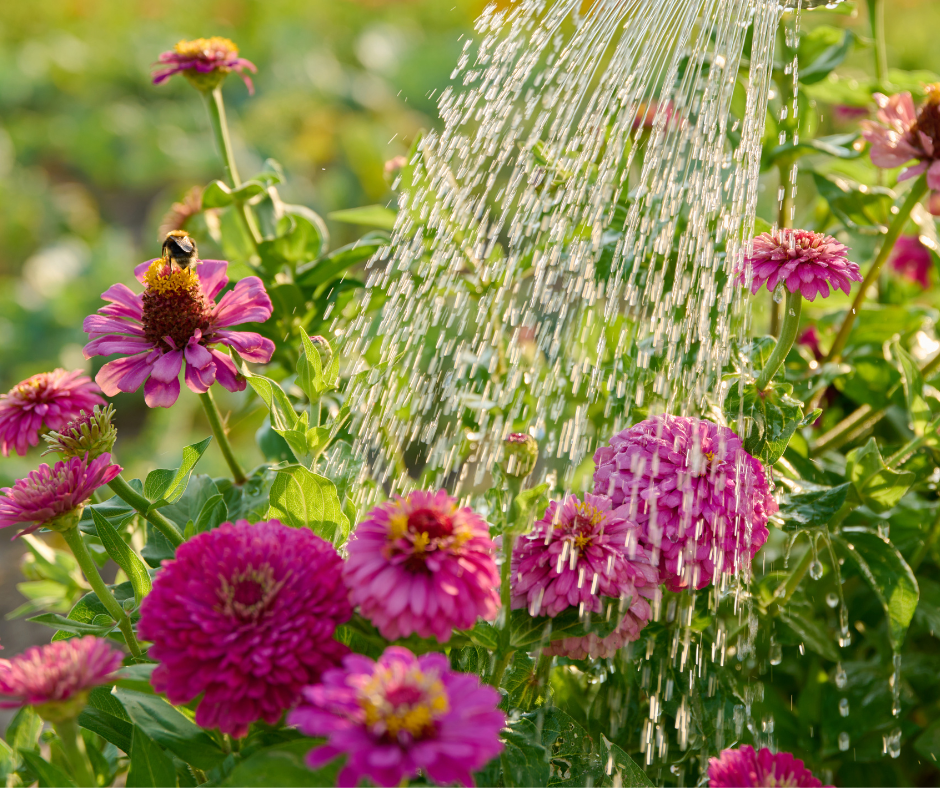
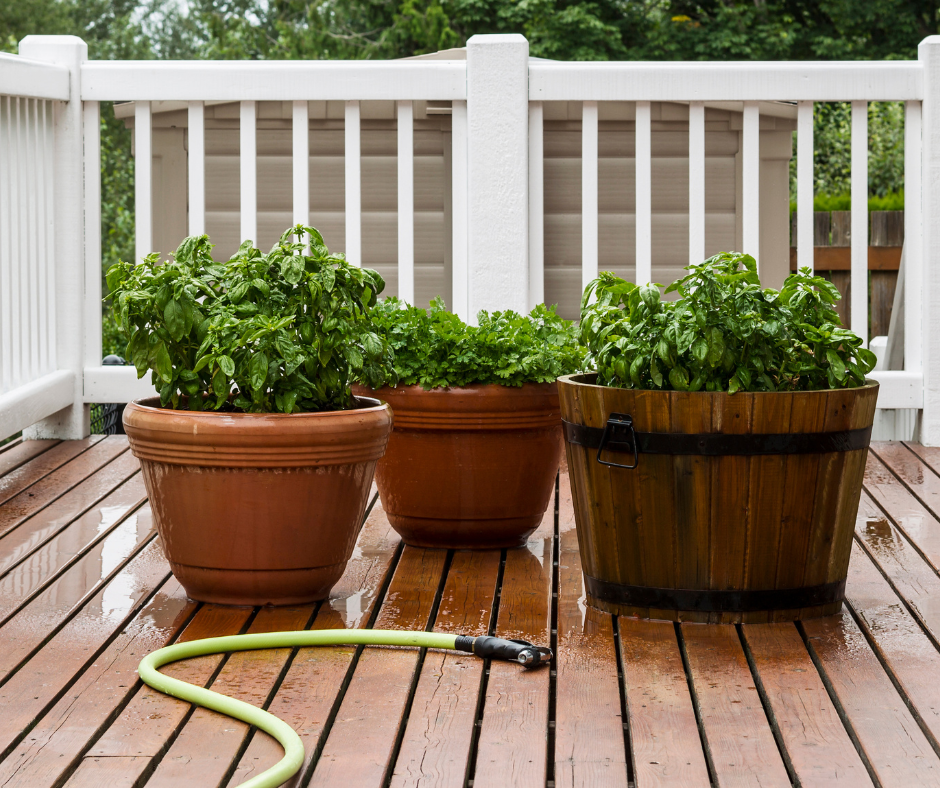
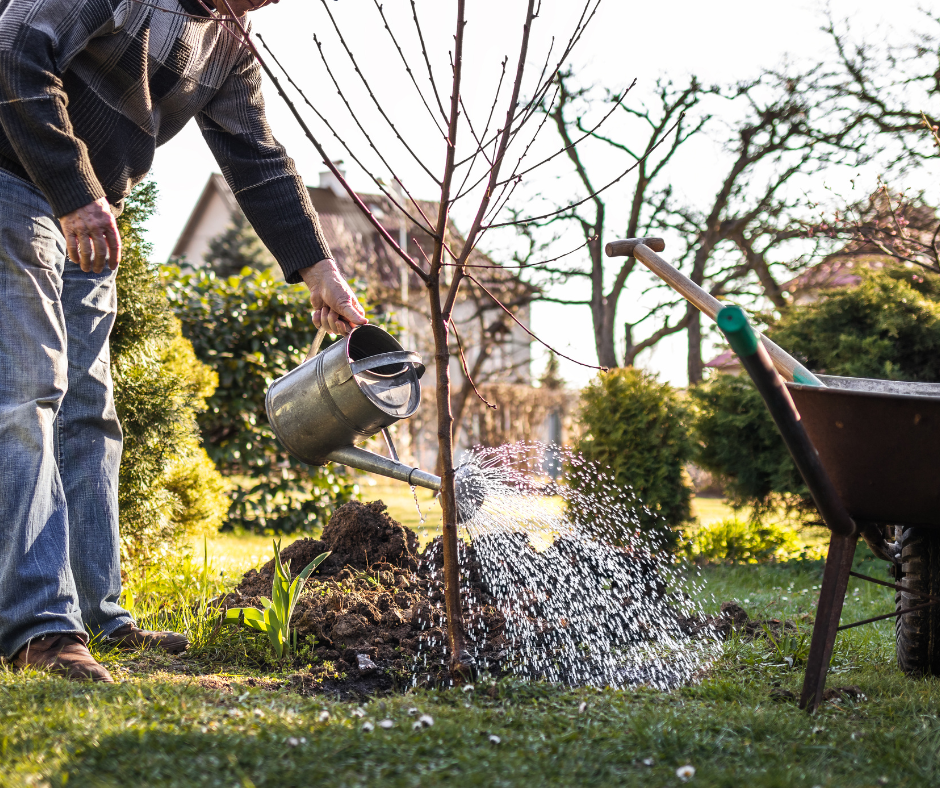
To truly avoid overwatering plants, use this simple check before every watering session:
This method prevents guesswork and keeps your garden healthier. You can also purchase a moisture reading tool.
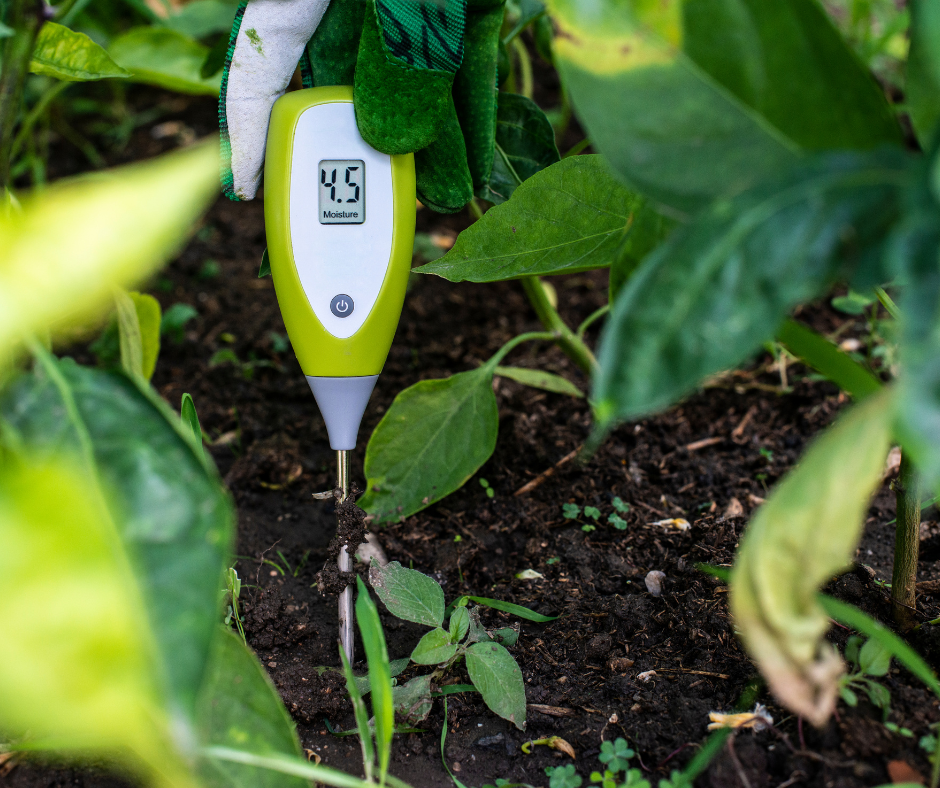
Mulching is one of the easiest ways to prevent both overwatering and underwatering. A 2–3 inch layer of organic mulch:

Use natural mulches like shredded bark, compost, straw, or leaf mold around all plant beds and containers.
When temps spike above 85–90°F, your instinct might be to water more, but don’t fall into the overwatering trap. Here’s what to do instead:
Avoid midday watering, it’s inefficient and can scorch plants if droplets magnify sunlight.
When you avoid overwatering plants and embrace a targeted watering system, you:
At ohDEER, we’re passionate about helping you enjoy more time outside, and that means supporting healthy plants and effective pest control. If you’re unsure whether your watering habits are helping or hurting, ask us! We’re happy to offer watering tips as part of your seasonal service.